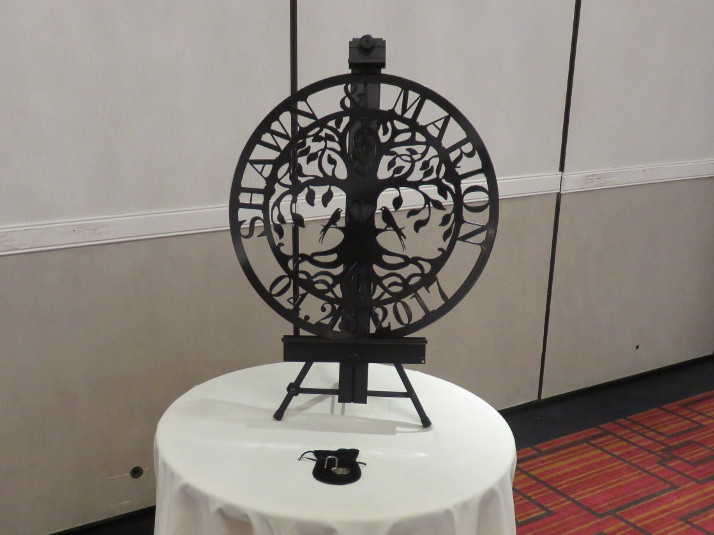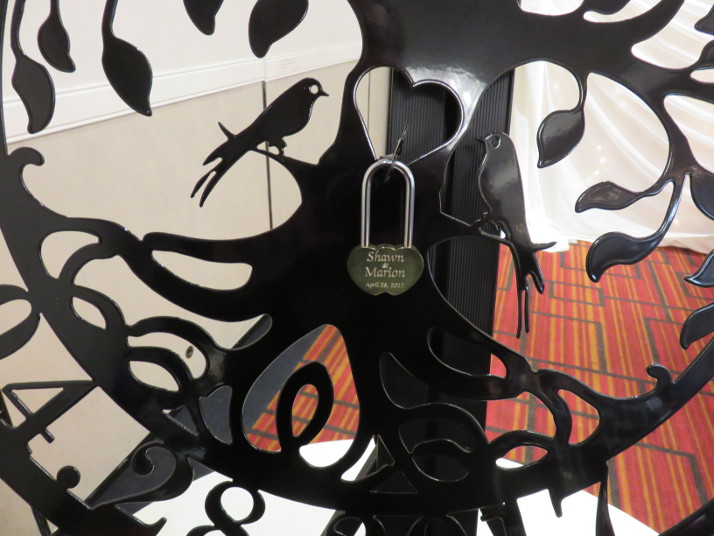Little Ones Steal the Show
It is true that if you include little ones (children under about 7 years of age) in your ceremony, there is a good chance that they will steal the show. They’re just so darn cute, especially when you dress them up and give them signs to carry or flower petals to scatter. As long as you have reasonable expectations of the children’s behavior and limits, and are willing to “go with the flow” a bit, children can be a wonderful addition to your wedding party.
But children can be unpredictable. They may opt to run down the aisle, refuse to let go of their mother’s skirts, or simply melt down at the last minute. For this reason, I recommend that you identify a person they know well who can be their “minder” for the time before and during the ceremony. This person can ensure that the children have food and water at the appropriate times, and may even be able to sneak in a nap if you’re really lucky. Then they can be with the children until they walk down the aisle, and are available to whisk the children away if they just aren’t able to follow through with the plan. A day care provider or grandparent from the “other” side of the family may be perfect candidates for this job.
Very small children in the wedding party need even more consideration. Recently I worked with a couple who wanted their niece (about 4) and nephew (less than 2) who were siblings to be the flower girl and ring bearer for their ceremony. They made arrangements for a decorated wagon for the little ones, to be pulled by the junior bridesmaid (about 9). This plan worked well – the flower girl sat in the back of the wagon with her (very sleepy) little brother propped in her lap. The junior bridesmaid was able to control the wagon, safely deliver the little ones to the front of the ceremony space, and then move the wagon off to the side. An aunt carried the sleepy ring bearer from the cart and held him for the ceremony, and the flower girl popped out and sat with other family members. The children were adorable… and well cared for.
Another approach for the very young flower girls and ring bearers is to have them carried in by their parents, grandparents or other familiar faces from the wedding party. It’s perfectly fine to deviate from the traditional placement of these little ones in the processional, and works best for everyone.
If you decide to include children in your wedding party, plan for their needs well in advance of your day. There are ways to make it a fun experience for all, but can also be very stressful if not well thought out. So while you’re making plans and schedules for your wedding day, don’t forget about the special needs of the littlest members of your party. Then you can stand back and watch the children steal the show.


